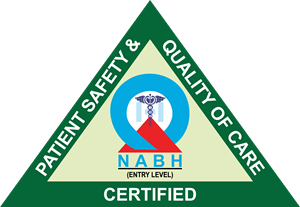The heart is a major organ in the body, which is responsible for pumping oxygenated blood to different parts of the body and purify deoxygenated blood. For the whole process of circulation to run smoothly, it is important that the arteries and the veins also work without any problems. However, medical research and survey reports have come up with threatening news that coronary artery diseases are on the rise in people all over the world. Various factors are responsible for the same – right from diet to lifestyle, from stress to hereditary factors, etc.
Understanding the condition of the heart is very important, particularly after a certain age – though now heart ailments are seen in people of all age groups.
In case you feel any kind of chest discomfort, chest pain, shortness of breath, early fatigue etc. make sure that you visit the doctor the doctor will carry out a physical examination of you. He might also suggest some tests and investigations ascertain if you have any kind of coronary artery disease. Fortunately, advancements in medical technology have led to the development of various tests that can confirm cardiac illnesses.
In this blog, we will dive into some of these diagnostic procedures, providing insights into their purpose and methodologies







